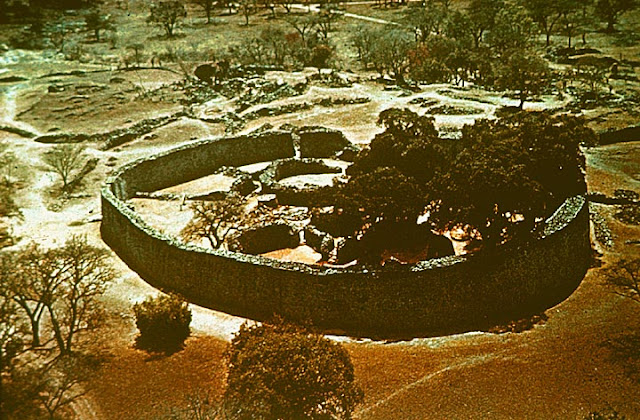Italy has a rich history of the fortress; hence every town has many ancient places to see. Scola Tower is one of them, a military building located in the province of La Spezia. The tradition and architecture of Scola Tower showcase rich history. It was built in the 17th century with large blocks of square stone that still stands 42ft tall in the sea. The main object to build this tower for the defense system of the senate of the Genoa in order to protect the coast, surrounding towns and villages.
The historian believed, the Scola Tower was made to accommodate 8 to 10 soldiers, comprising a Captain, a bomber, commanders, and their guards. Earlier this tower was also called “Torre di San Giovanni Battista” and “Tower of St. John the Baptist”. Early chronicles claim the tower was built at the cost of 56,000 Genoese liras.
The pentagonal shape tower has 4 feet thick wall. That is why the architecture of this tower still stands in the sea. In the 18th century, the naval battle between the British and Napoleon badly damaged the structure, eventually no other option to left it abandoned. As time passed, the tower lost its defense purpose, and authorities found the structure useless. In 1915, it was planned to demolish. But luckily Socla Tower kept saving by Ubaldo Mazzini an official of the Ministry of Public Education by realizing its historical value and make some structure improvement.
For many years, the tower was a place for the Italian Navy target practice. In the 20th century, travelers realized the value of old buildings and paying visits regularly. Therefore, the Italian government realize the importance of this historic tower and systematically restored between 1976 till 1980 to save the structure for future generations.
Eventually, it becomes a popular tourist attraction in Palmaria (island) in Porto Venere in the Gulf of Poets. The loneliest nature creates an opportunity for tourists to come here and enjoy the unforgettable surroundings of water. They can relax their mind and body to view the history of this beautiful tower. The dramatic and fascinating beauty is one of the most characteristic features in the Gulf of poets.
Moreover, it is an ideal place for photography in the shadow of ruined blocks. Many areas of tower are overgrown vegetation inside the interior and top of the tower, which is adding dazzling beauty to photographers.
Product You May Interested
- Cat Spraying No More – How to Stop Your Cat from Peeing Outside the Litter Box – Permanently.
- High-Quality Dog Training Course Featuring 21 Games to Improve your Dog’s intelligence & Behavior with Professional Dog Trainer.
- Flavor Pairing Ritual Supercharges Women’s Metabolisms
- The best Keto Diet Program
- Boost Your Energy, Immune System, Sexual Function, Strength & Athletic Performance
- Find Luxury & Designer Goods, Handbags & Clothes at or Below Wholesale
- Learn How To Build A 3d Solar Panel Converts Like Crazy, and Save Lot of Money?
- Unlock your Hip Flexors, Gives you More Strength, Better Health and All-Day Energy.



























